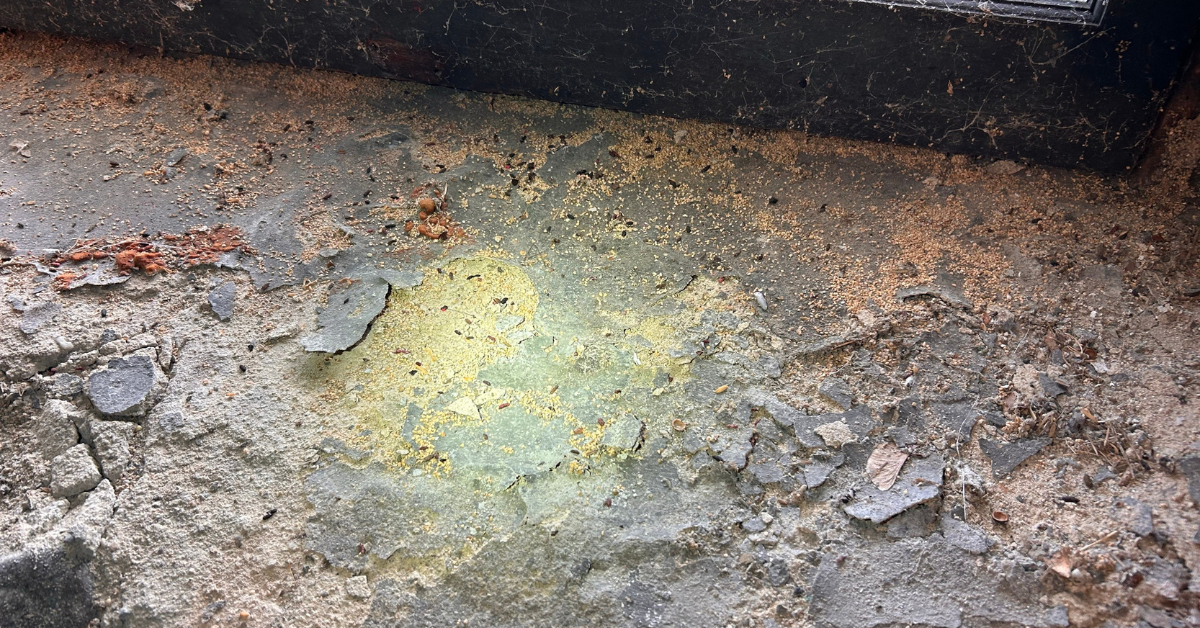Mar 29, 2011
Happy Spring...here come the pests!
Happy Spring...here come the pests!
Happy Spring to all our friends! We can now look forward to warm and sunny days; however warm weather causes insects and wildlife to move around. If you are confronted with insects or wildlife problems at your home, first call a professional. Do not try to treat yourself; you will only make the problem worse. Spring time is a time where termites and ants make their way into homes.
How to tell the difference between the two insects can be difficult. Below describes the difference between the Carpenter ant and the Termite.
Key features of Carpenter Ants:
- Very large, usually black, about 1/2" in size.
- Distinct one segment pedicel ('knob') protruding from the link between the thorax and abdomen.
- Abdomen encircled by yellow hairs.
- Thorax is a evenly rounded C.
- Carpenter ants nesting in wood only hollow out 'galleries' for reproduction.
- Early signs of structural infestations are swarms of adult reproductive flyers in or around the home.
- Most often they can be observed at dusk or dawn when they are most active.
- Sawdust around baseboards and walls is also evidence of carpenter ant activity.
Key features of Termites:
- Characteristics – Size: Worker/Solider: 1/8-inch in length. Primary/Supplementary Reproductive: About 1 inch in length.
- Color: Soldier: Light colored with brown head. Supplementary Reproductive/ Worker: Light colored. Primary Reproductive: Dark brown/black.
- Behavior – This termite is known to swarm in May and June, but small flights can occur at any time of the year.
- Swarming is the primary way the termite naturally spreads after it has been transported to a new area.
- Three elements are needed for swarming to be effective:
- Proper food resources (cellulose and wood), moisture, and 3) a physical niche.
- Habitat – Subterranean termites live in colonies in the ground, building vertical tunnels that look like mud tubes above ground level so that they can search for food. Subterranean termites will die if exposed to air for an extended period of time, so the tunnels provide protection from the open air, allowing workers to carry food to the nest. Subterranean termites can form tunnels through cracks in concrete, so slab homes are not exempt from these termites. They need to stay in contact with the soil in order to survive.
To learn more about developing a pest management plan best suited for your needs, call the team at Thomas Pest Services!


.png)
.png)
